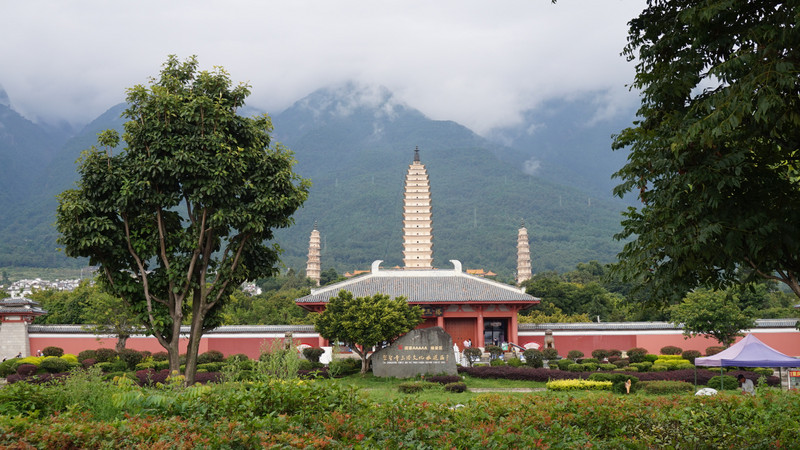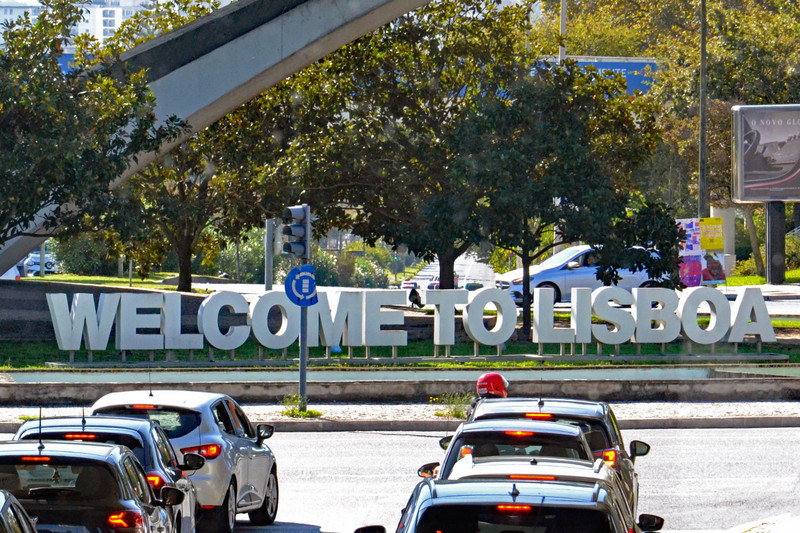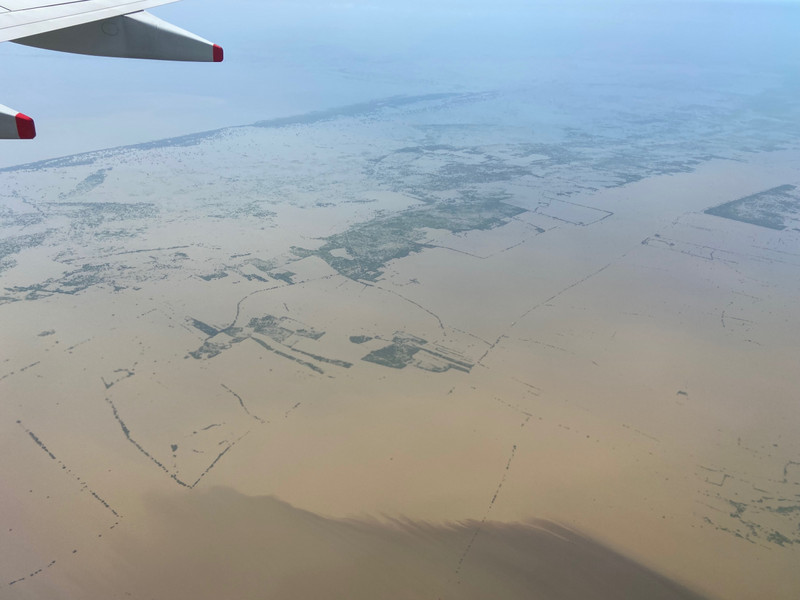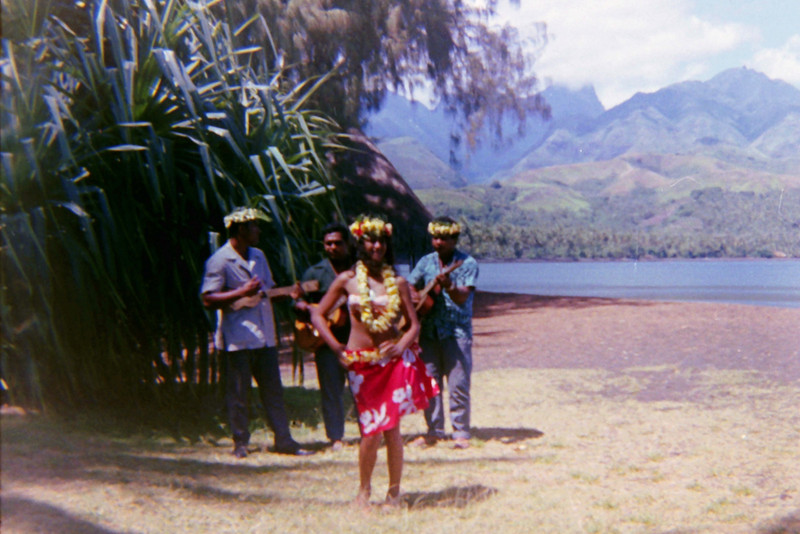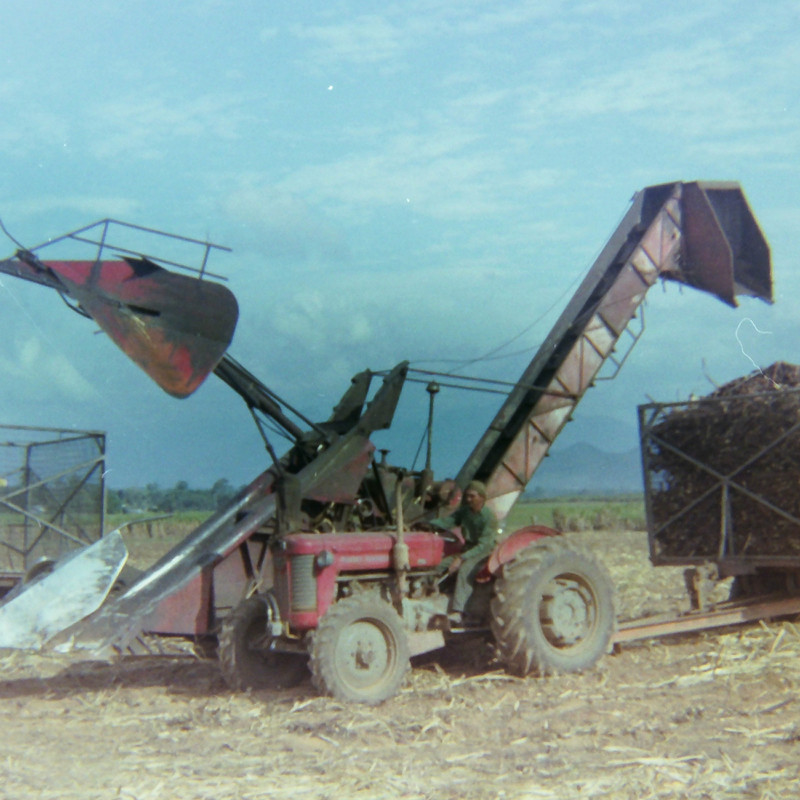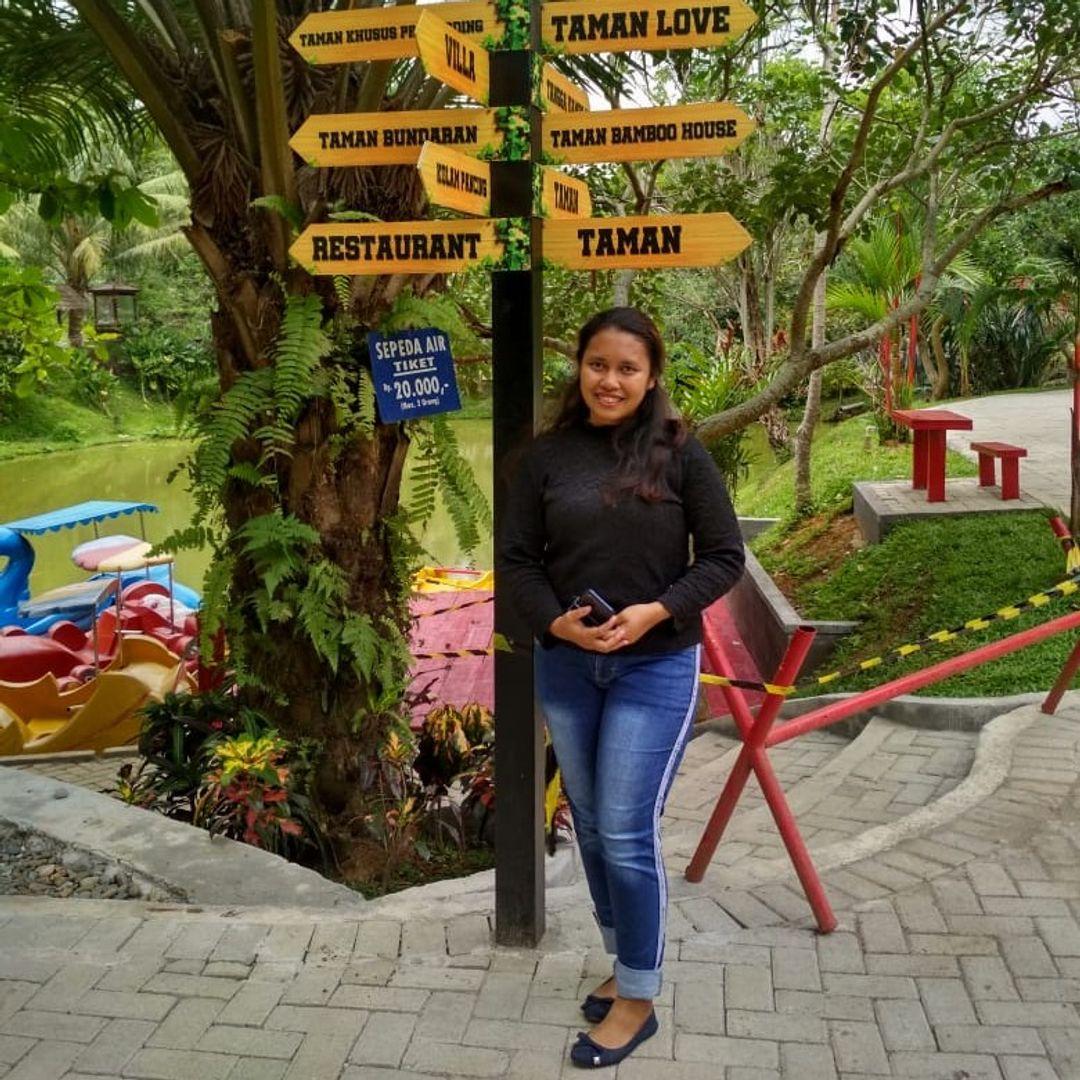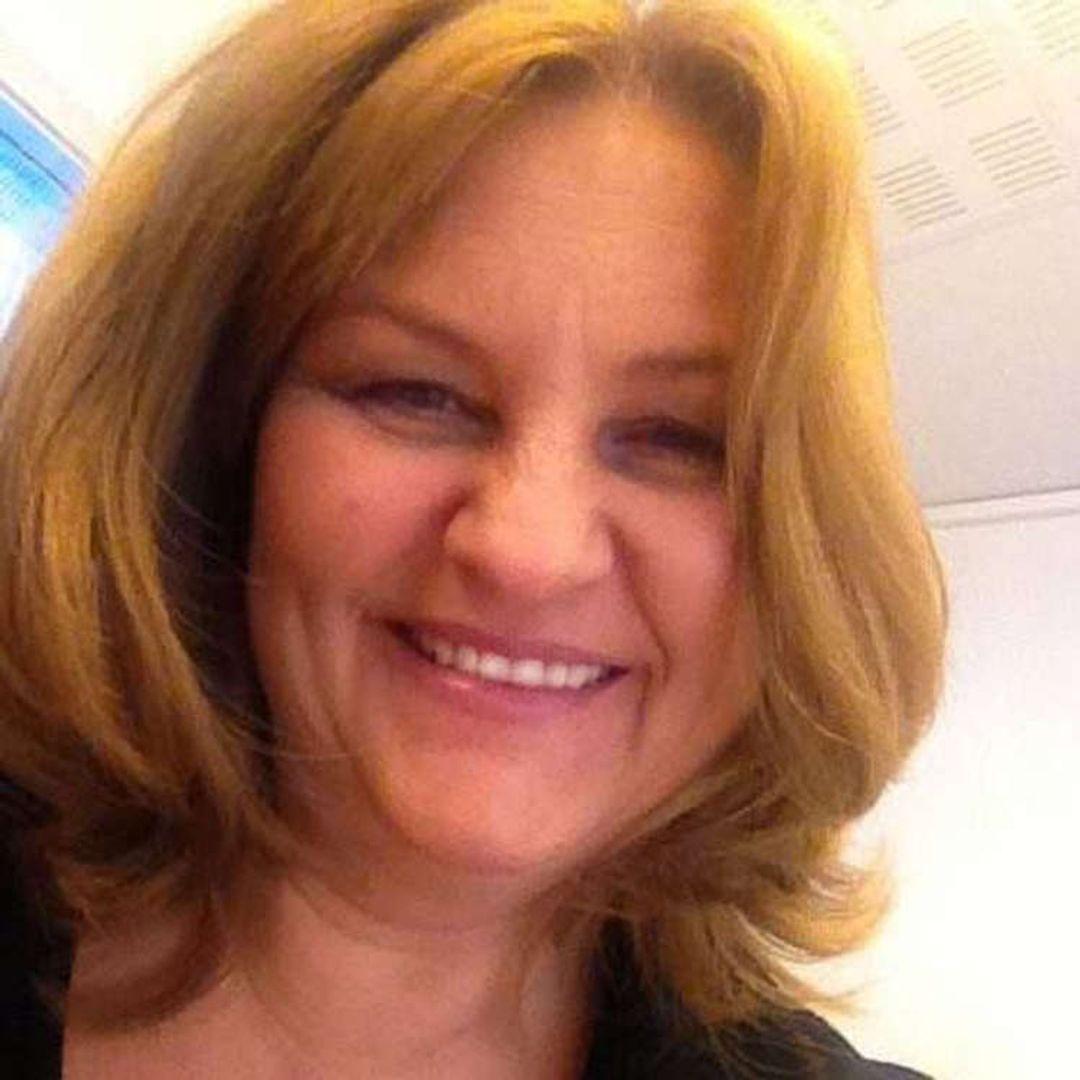I honestly would like to go back to Dali and have a longer opportunity to look around. Our day started with an opportunity to photograph the Three Pagodas of Chongsheng Temple. This was done at a distance, time did not allow us to visit the temple. Some vendors were selling objects and nick nacks primarily made from the local stone. The patterns within the stone were fascinating.
We then proceeded to a village market place. I never got the name of the village. Here I had a small bit of unpleasantness. Many people were maskless, however as the only foreigner a security guard at the market entrance insisted that I wore a mask, I stopped to watch, I was the only person told to wear a mask in the short time that I observed. It is just annoying.
I like markets, for me they are eye candy. You get to see the local produce, get to buy some and can observe the local folk going about their daily lives. There were some lovely looking fruit and vegetable, I bought some local cheese to taste, which was a bit stringy but edible. I watched a
local poultry farmer efficiently dispatching chickens and then them being plucked and dismembered at the customer request. This area is famous for mushrooms and there were many varieties that I would have loved to have taken home to cook. We had time after the market to explore the nearby streets and sample more foods.
The local minority people are Bai but there are a wide range of other minorities including Naxi and Muslim. I did ask about the use of the term Minority People. To me I would find it insulting to be called a minority, but there seems to be no problems with being known as a minority, in fact the people are proud of their cultures and heritage. (Chinese in general are called han chinese if they are not a minority. That is the bulk of Chinese people.)
We continued on to another village with a temple. It had fascinating wall and ceiling paintings. The village became our lunch stop, our guide, Carrie, introduced us to her favourite noodle dish. A dry noodle dish made with fresh noodles with vegetables and a variety of spices and sauces to your particular taste. It was good but despite
the spices and sauces I found it a little bland, I had to go back for a second scoop of the chilli sauce to spice it up. The young boys on our tour had their first experience of a small toilet. I wasnt quite sure of the etiquette myself as I walked in on a bunch of males squatting over a trench with a smoke in one hand and a mobile phone in the other. The toilets were very clean however, I have seen far worse.
The next part of our tour involved learning how to tie dye using traditional techniques. The dye is indigo, which used to dye your denim clothes, now the dye is made from petroleum. It is quite a fascinating process. I was born in the 60s and grew up in the 70s so the process of tie dying is not a novelty for me. But the traditional methods were interesting. The owners demonstrated the simple process of stripping the green leaves off an indigo bush/tree and simply throwing it into a tub already dark blue from previous demonstrations. The leaves are left to ferment for about 15 days. I think
the term ferment might be a liberal translation, I would have said rot and The processing of the liquid after that was not well explained. Doing some research I suspect that Lime is added to make the liquid alkaline, it is probably strained also. You end up with a dark, ..um.. indigo coloured liquid. The cotton material is thrown into the vat of liquid, held under for a few minutes and then pulled out. The out yellow and then turns green and blue before your eyes. The chemist in me says that the dye is being oxidised which is the colour change happening. The material is then rinsed in water to remove excess dye.
Prior to this of course you need to do the tieing. Included in the tour cost is a square of cloth, maybe big enough to make a hippy style head scarf.
